Australian Criminal Intelligence Commission
The Australian Criminal Intelligence Commission has today released the second report of the National Wastewater Drug Monitoring Program, revealing that of the substances tested, methylamphetamine remained the highest consumed illicit drug across all regions of Australia.
Minister for Justice, the Hon. Michael Keenan MP launched the report alongside Australian Criminal Intelligence Commission Chief Executive Officer, Mr Chris Dawson APM in the agency’s new Perth office.
“The National Wastewater Drug Monitoring Program aims to deliver on the recommendations of the National Ice Taskforce’s final report by providing leading-edge, coordinated national research and intelligence on illicit and licit drug consumption in Australia,” Mr Dawson said.
“Findings from the second report show that of the substances tested, methylamphetamine consumption far exceeded the consumption of other illicit stimulants and both licit and illicit consumption of oxycodone and fentanyl.
“Although jurisdictional results vary, there was a slight but pleasing reduction in the level of methylamphetamine used nationally over the period covered by this report, though it’s too early to say with any confidence whether this result is part of a longer term trend.
“Australia’s strong economic conditions and the high price that Australians will pay for illicit drugs make our country an attractive market for organised crime and motivated individuals.
“The Australian Criminal Intelligence Commission is committed to working with its partners to understand Australia’s drug market, disrupt criminal activity, and reduce the supply and demand of illicit drugs in this country.
For the second report, 37 wastewater treatment plants across Australia participated in the collection of wastewater samples covering thirteen substances. Samples were collected in October and December 2016, and February 2017.
While the Program is intended to provide a national picture of drug use, regrettably, during the period covered by this report the operators of wastewater facilities in Tasmania and the Northern Territory declined to participate in the collection of wastewater samples.
“This is disappointing as it limits our understanding of trends and emerging issues in those jurisdictions and the ability to compare current findings with those published in the first report.
The second report of the National Wastewater Drug Monitoring Program found that of the substances tested:
- Alcohol and tobacco consumption remained the highest in all states and territories.
- Use of the pharmaceutical opioids oxycodone and fentanyl remained significant, particularly in regional areas. However, on a national level, the overall use declined this reporting period.
- Results for the four new psychoactive substances again supported the assessment that this is a niche market which remains small in comparison with traditional illicit drug markets.
“The findings from the National Wastewater Drug Monitoring Program create opportunities to shape the response to both the demand and the supply side of the illicit drug market, particularly in high-use areas.
“To this effect, the National Wastewater Drug Monitoring Program will commence testing for the use of heroin and MDA from the third report, to be released in November 2017,” Mr Dawson said.
“The Australian Criminal Intelligence Commission will continue to engage with all jurisdictions to secure ongoing participation in sampling for future reports, as data from all states and territories is vital to informing our understanding of the national picture of drug use and demand.
“We are committed to providing a strong evidence base to inform policy and operational decisions and will continue working with our partners to connect, discover, understand and respond to the threat and harm caused by illicit drug activity,” Mr Dawson said.
“I am pleased that partner agencies from across the country are approaching us for assistance and advice as they shape their local responses to the harms caused by drugs—wastewater analysis leaves us ideally placed to provide credible contemporary advice on drug trends.”
The Australian Criminal Intelligence Commission received $3.6 million over three years from Proceeds of Crime funding for the National Wastewater Drug Monitoring Program and has commissioned the University of Queensland and the University of South Australia to undertake the program and prepare the reports containing its findings.
The report is available from the Australian Criminal Intelligence Commission website.
